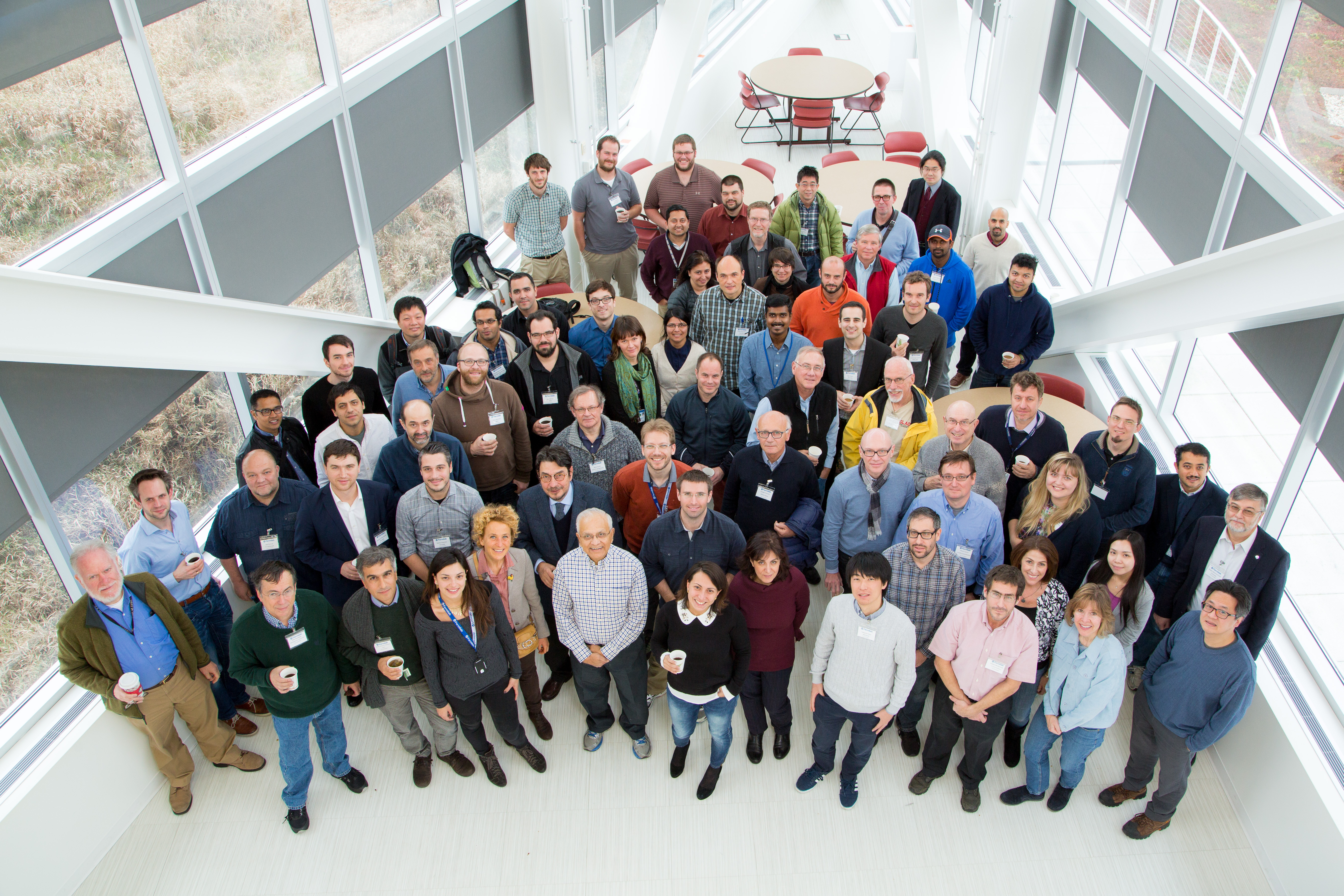
The workshop was held at Fermilab from November 15 to 17, 2017. It addressed a spectrum of issues related to pushing the performance limits of superconducting RF cavities toward higher quality factors and accelerating gradients as well as to investigating SRF cavity performance in new regimes. The agenda included five sessions described below.
Surface resistance and non-equilibrium superconductivity
Conveners: Jim Sauls (Northwestern University) and Martina Martinello (Fermilab)
This session is focused on the fundamental understanding of the field dependence of the surface resistance of niobium cavities, presentation of new models and ideas on the general behavior of the surface resistance in niobium cavities. Theoretical and experimental talks will address also the variation of the surface resistance as a function of the frequency. Some emphasis will be put on the topic of non-equilibrium superconductivity with the aim of understanding the validity of this regime for SRF cavities. Theoretical and experimental talks will be focused on the following questions: What does non-equilibrium superconductivity mean? Does it apply to niobium cavities?
Understanding gradient limitations: HFQS, vortex penetration and ultimate limits
Conveners: Anna Grassellino (Fermilab) and John Zasadzinski (Illinois Institute of Technology)
This session will focus on the discussion of experimental results and theoretical predictions on the ultimate achievable field limits in SRF cavities. The so called High Field Q-slope (HFQS) has been investigated for many years and recently new experimental findings have been adding insights on the origin of this systematic field limiting mechanism. We will review these new findings and discuss how those agree or disagree with the current models to explain HFQS. We will also discuss more in general the origin of the ultimate gradient limitations in SRF cavities, presenting a review of magnetization/flux penetration measurements in SRF materials coupons and theoretical models.
Gaining insight into trapped flux
Conveners: Sam Posen (Fermilab) and Takayuki Kubo (KEK/Old Dominion University)
When SRF cavities are cooled below their critical temperature, ambient magnetic flux can become trapped in the material--leading to Q-degradation--but it can also be expelled. What physics determine whether the flux is pushed out during cooldown? What material properties determine the strength of flux pinning near the critical temperature? What determines the losses resulting from the trapped flux in the material? In this session, we will overview experiments showing significant variations in flux trapping and sensitivity for different cavities as well as trends observed depending on material properties (grain size, dislocation content, impurities, heat treatment, etc.). We will have presentations on flux in general, focusing on experimental and theoretical developments from outside of SRF. There will be time to discuss the most likely physical mechanisms that are applicable to SRF materials and how they can be tested experimentally.
Feasibility of new LTS/HTS for SRF applications
Conveners: Sergio Calatroni (CERN) and Mattia Checchin (Fermilab)
SRF cavities are traditionally based on Nb, either bulk or thin film, giving the best results in terms of performance, cost, and technological feasibility. This session will review other possible materials for SC cavities, their potential (or lack of) for improved performance and the current state of development. Materials of interest include MgB2, A-15 compounds, nitrides, oxides such as BKBO, Fe-based superconductors and HTS cuprates.
Behavior at low T/low field (towards mK/1-photon scale)
Conveners: Alex Romanenko (Fermilab) and David Schuster (University of Chicago)
Several potential non-accelerator applications of SRF cavities including dark sector searches, gravitational effects, quantum computing/memory, and parametric conversion require high Q cavities operating in the range of very low fields (down to single photon) and temperatures (<~20 mK). This session will focus on discussing the relevant physics of RF superconductivity in this new regime, i.e. the low field Q slope, and other potential effects emerging in this domain.